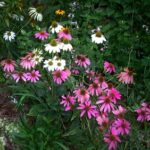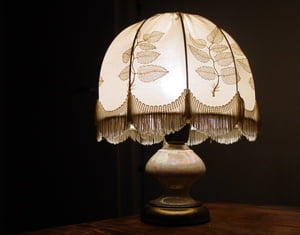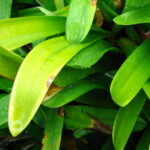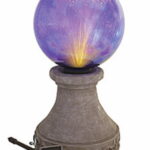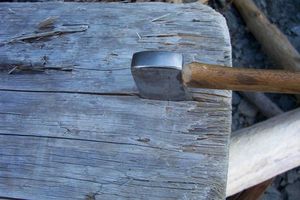Garden grow lights for your indoor plants may be the right answer for a successful indoor garden; inadequate indoor lighting will sometimes cause your indoor plants not to bloom properly or to set fruit, they could become spindly looking and the leaves could turn yellow. There are a number of different types of garden grow lights that can be used on indoor gardens or single plants. Once you decide on what you are going to grow and what their needs are you will be able to purchase the lights they require.
Garden grow lights are generally used to complement any natural lighting you receive or to completely replace the lighting for your indoor garden. Some indoor plants do not respond well to direct sunlight and prefer to have indoor grow lights instead. Plants use the light from the sun or grow lights to convert carbon dioxide into the sugars they need for growing properly. Some plants such as herbs, vegetables, and flowers will require between 6 and 8 hours of sunlight every day in order for blooming or setting fruit. It is impossible to receive this amount of sunlight through any one window because of the sun moving, overhanging trees and even window screens. This is the reason for using indoor plant lights; it gives them the additional light for growing healthy and producing well.
Fluorescent lights are a popular form of grow lights; they do not cost a lot of money and will give the indoor plants a substantial amount of light and they will not burn your plants. The T-5 fluorescent bulb is an excellent source of light because of being small and giving off a more concentrated light. The T-5 is also a good bulb for any of your plants that require some shade. Many gardeners use fluorescent grow lights on indoor vegetable gardens that grow lettuce and spinach and they work well for indoor herb gardens.
HID lights or High intensity discharge lights are an effective way to give artificial light to indoor plants. High intensity discharge lights are available in two styles; high pressure sodium better know as HPS, and metal halide or MH. The HPS lights are generally used as flower grow lights since they give off a red or orange light which activates flowering. The MH garden lights are best used for encouraging leaf and shoot growth due to the blue spectrum light they emit. Incandescent grow lights can be used to give light to the plants that cannot absorb natural sunlight. This type of light is more expensive and less effective than any of the other grow lights. The incandescent bulb gives off much more heat than light and placing them too close to your plants to give off enough light will most likely burn the leaves of the plants. These lights are excellent to use if you want to show-off a plant grouping because you can place them higher just for show and not for growth.
The mercury vapor bulb gives off more light than heat and is good to use for small indoor gardens. If you plan on a large number of plants or a huge indoor vegetable garden, the mercury vapor grow lights are an expensive option. LED garden grow lights or light emitting diode, are the newest style of indoor garden lighting today. These lights do not send out damaging heat but emit more light per wattage; these grow lights are able to be placed closer to the plants without damaging them.
The lights need to be set as close to your plants as needed without causing any damage to the leaves or flowers. A 25-watt incandescent light should be placed at least 1 foot away from the plants and a 150-watt should be 3 feet away in order not to cause any damage. The MH lights to be able to encourage foliage growth should be on 18 to 24 hours each day. The HPS grow lights, for budding and flowering, only need be on for 12 hours a day.
The growth patterns your plants take usually let you know if they are receiving sufficient lighting. A light deficiency symptom generally includes stem lengths that are too long between leaves, little growth or no growth at all, leaves that are smaller than normal, and there are no flowers or buds. Some of the leaves on some plants might turn yellow and fall off. If any of these problems occur you may try repositioning the grow lights or purchasing more effective garden grow lights.


